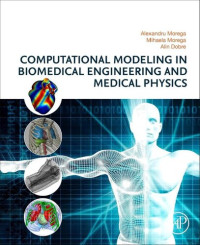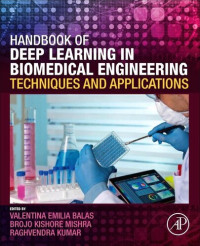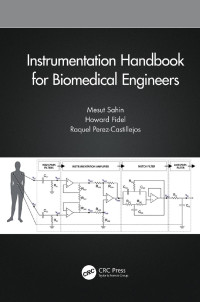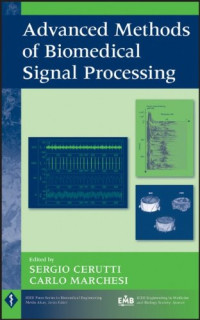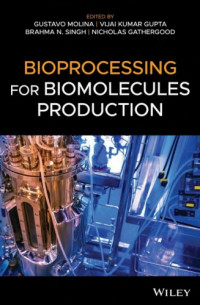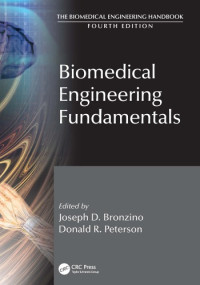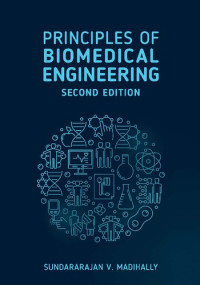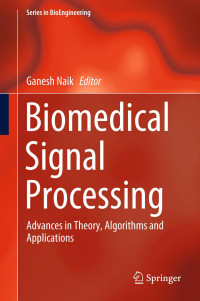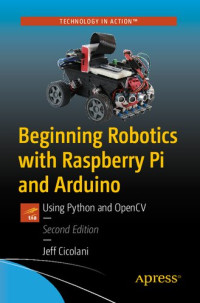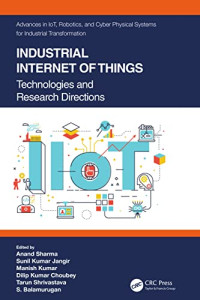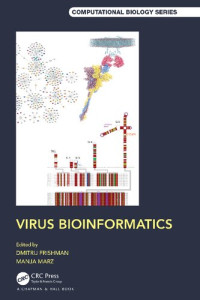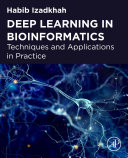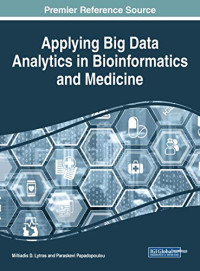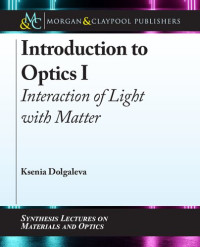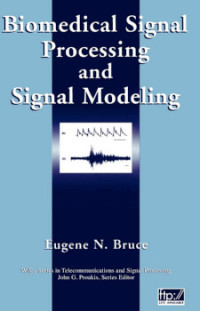
Handbook of Deep Learning in Biomedical Engineering.
Valentina Emilia Balas, Brojo Kishore Mishra, Raghvendra Kumar
Deep learning (DL) is a method of machine learning, running over artificial neural networks, that uses multiple layers to extract high-level features from large amounts of raw data. DL methods apply levels of learning to transform input data into more abstract and composite information. Handbook for Deep Learning in Biomedical Engineering Techniques and Applications gives readers a complete overview of the essential concepts of DL and its applications in the field of biomedical engineering. DL has been rapidly developed in recent years, in terms of both methodological constructs and practical applications. DL provides computational models of multiple processing layers to learn and represent data with higher levels of abstraction. It is able to implicitly capture intricate structures of large-scale data and is ideally suited to many of the hardware architectures that are currently available. The ever-expanding amount of data that can be gathered through biomedical and clinical information sensing devices necessitates the development of machine learning and artificial intelligence techniques such as DL and convolutional neural networks to process and evaluate the data. Some examples of biomedical and clinical sensing devices that use DL include computed tomography (CT), magnet.
წელი:
2020
გამოცემა:
Kindle
გამომცემლობა:
Independely Published
ენა:
english
გვერდები:
320
ISBN 10:
0128230142
ISBN 13:
9780128230145
ფაილი:
PDF, 14.01 MB
IPFS:
,
english, 2020
 Amazon
Amazon  Barnes & Noble
Barnes & Noble  Bookshop.org
Bookshop.org  ფაილების კონვერტაცია
ფაილების კონვერტაცია ძიების მეტი შედეგი
ძიების მეტი შედეგი სხვა უპირატესობები
სხვა უპირატესობები 
